How to Treat Acne Scars Without Making Them Worse
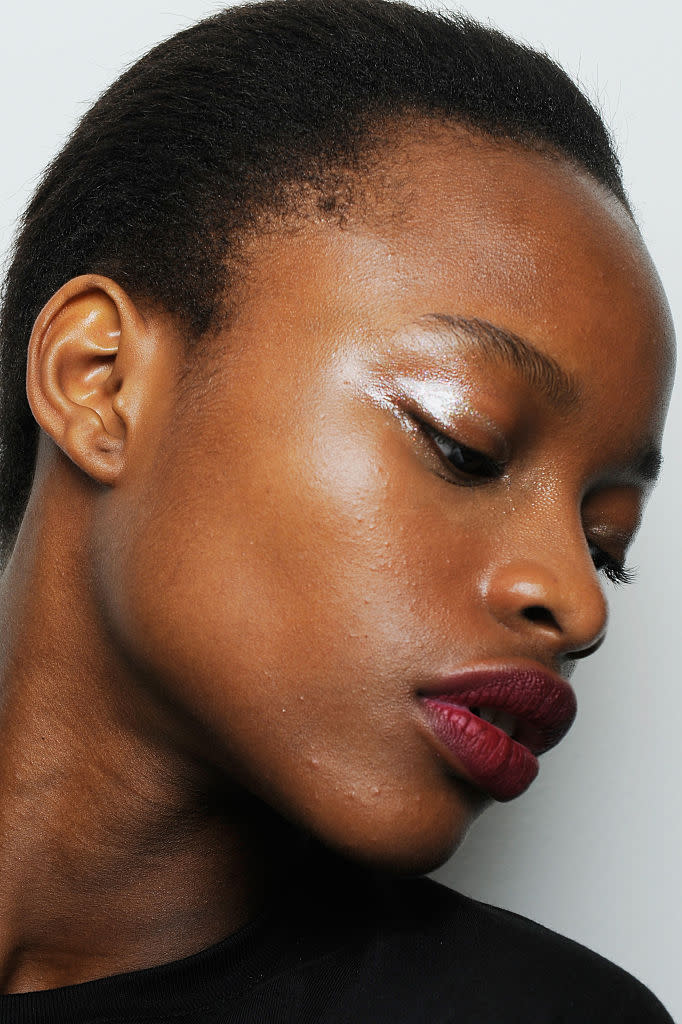
Just when we think our breakout is gone, we’re proved wrong by the acne scars left behind, which can be as minimal as a dark spot or more severe, such as permanent indentations. Either way, we don’t want the aftermath of an acne episode to last any longer than it needs to.
Yahoo Beauty chatted with two leading dermatologists on how to handle the unsightly acne scars left behind, including tips on early prevention and treatment afterward.
What exactly is an acne scar?
Board-certified dermatologist and skin-care product creator Howard Murad says the visible dark marks or textured areas post-pimple are considered “acne scars and post-acne marks.” He explains, “Post-acne marks are dark spots that don’t cause a change in skin texture. In technical terms, they’re areas of heightened pigmentation. Unlike post-acne marks, acne scars actually change the texture of your skin — they’re a result of the depth of an inflamed acne lesion.”
Dennis Gross, a New York City-based dermatologist and founder of Dr. Dennis Gross Skincare, amplifies on the technical aspect of the post-blemish markings, adding that these arise when there is too much collagen in one spot and inflammation brought on by acne. “Sometimes the inflammation of the acne is so intense it actually destroys cured skin cells and leads to scarring. Other times the collagen is produced excessively and leads to a bump or elevation in the scar that forms,” he says.
Types of acne scars
No two blemishes are alike, and the same can be said about acne scarring. Gross explains that four different types can arise, which vary in appearance. “Ice Pick Acne Scars are small, narrow, pinpoint acne scars that can penetrate deep into the skin. Rolling Scars have a wide and shallow depth that creates a wave-like appearance. Boxcar Scars have angular, well-defined edges, and Hypertrophic Scars are raised scars.”
Murad adds that skin tone can affect the healing process afterward. “Post-inflammatory pigmentation is more common in individuals with darker skin. The treatment may not be different, but the pigmentation may last up to 18 months if left untreated.” Dr. Gross says, “If you have an existing acne scar, reach for products that address discoloration, hyperpigmentation, and even tone.”
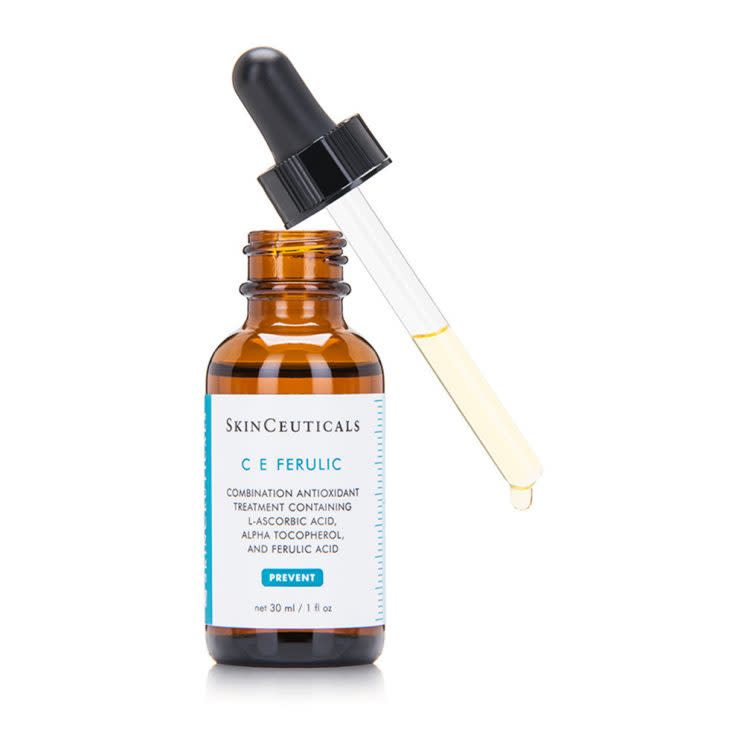
Prevention
In a perfect world, acne wouldn’t exist, and therefore we would never have to worry about the aftermath that results in scars. In our world, the best thing to do from the get-go is to be diligent about your skin-care regimen and avoid self-extractions (aka picking, popping, etc.) at all costs. “You should never pop a pimple on your own — it will most likely just make the infection worse by pushing bacteria deeper into the skin,” says Gross.
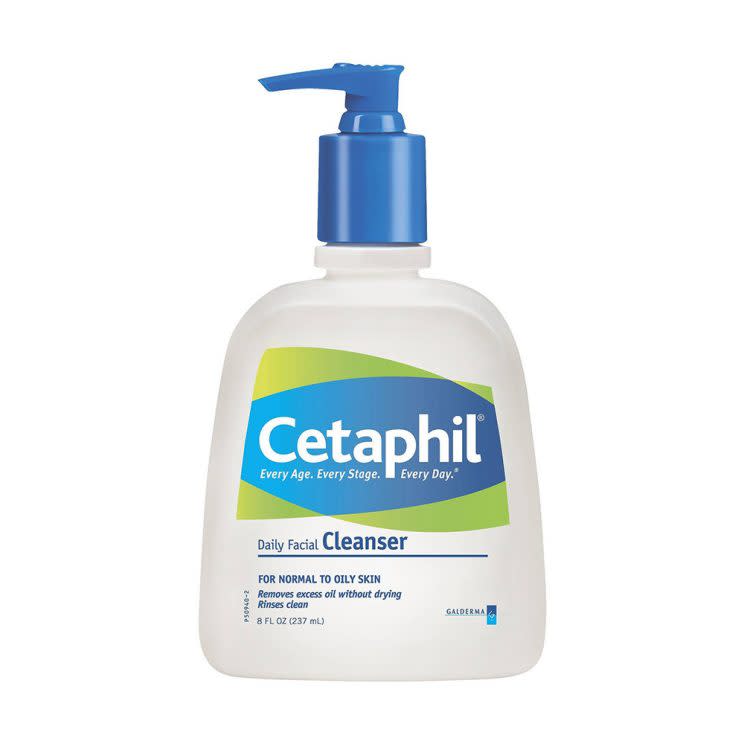
However, Gross adds that overdoing it can cause irritation that can lead to breakouts. “Adult acne is a chronic, gradual, ongoing process,” he explains. “It is important not to use treatment products that are over-drying, because that can worsen the condition. If you have Acne Rosacea, try to avoid skin care that contains benzoyl peroxide, salicylic acid, sulfur, and glycolic acid. When overused, they can lead to dry, flaky skin. Instead, look for products that soothe irritation and redness.” He suggests looking for products with bisabolol, which he says is “an effective anti-inflammatory ingredient derived from chamomile, which will soothe redness and reduce inflammation.”
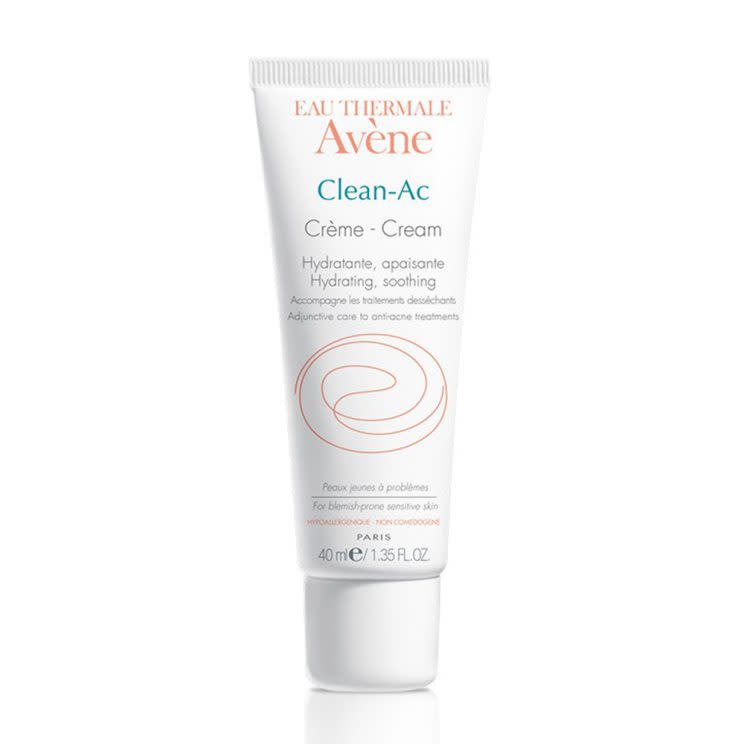
The aftermath: healing
“For deep scarring, it is important to consult a dermatologist to find the best solution for your unique needs,” says Murad. “With clinical advancements in dermatology, there are many ways to minimize the appearance of your acne scars or marks.”
Treatments
“If you develop post-acne marks, exfoliating and using products that contain hydroquinone can help with fading and minimizing pigmentation over time,” says Murad. “Hydroquinone is the pigment lightener doctors prescribe most, and it lightens existing dark spots and age spots while addressing the causes of hyperpigmentation.”
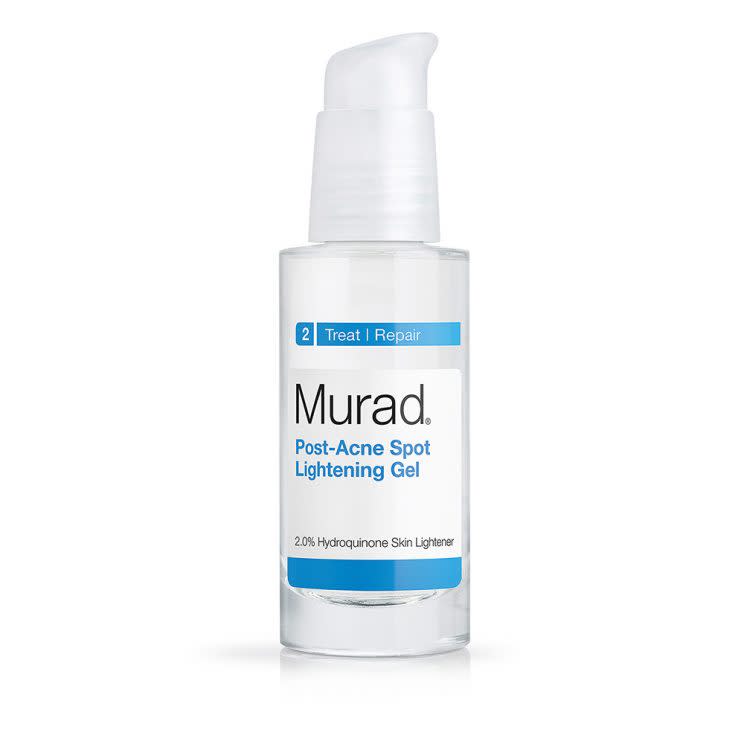
There are other brightening alternatives that can be just as effective as hydroquinone. Gross suggests looking for ingredients with skin lightening and anti-inflammatory benefits, such as “bearberry extract to correct hyperpigmentation, mulberry extract, which has skin lightening benefits, azelaic amino acid to help fade dark spots and brighten skin, and licorice root extract, which has anti-inflammatory benefits.” Also, you can always count on good old vitamin C, an antioxidant that has powerful brightening benefits and protects against UVA damage and free radicals.
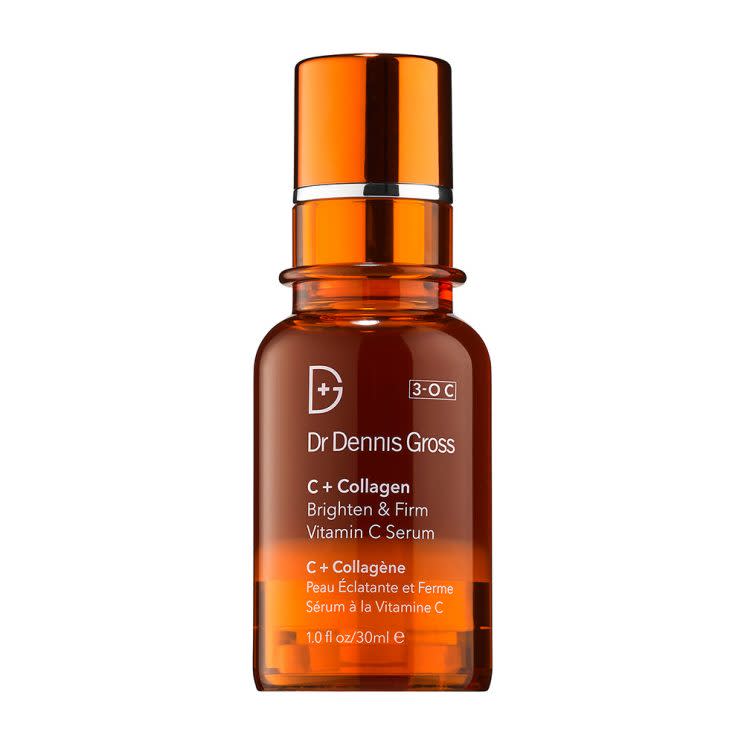
For those interested in noninvasive laser treatments, Gross says they are very effective in minimizing acne-related scars. “I use Syneron Candela’s Sublative laser because it is good for all skin types and tones. The laser uses fractionated bipolar radio frequency precisely directed into the skin, which allows for new collagen and healthy skin cells to be produced post-treatment. This reduces acne scars while creating a smoother and more elastic skin texture.” In addition to lasers, Gross has treated depressed or indented acne scarring with injectable fillers in just one treatment.
Healing method and time can vary — most over-the-counter treatments can take three to six months. Murad reminds us to avoid sun exposure at all costs, since it can cause acne marks to become even darker. “[Healing time] depends on your skin tone and the treatments you’re using, but one thing that is always important to do is protect yourself from the sun,” he says.
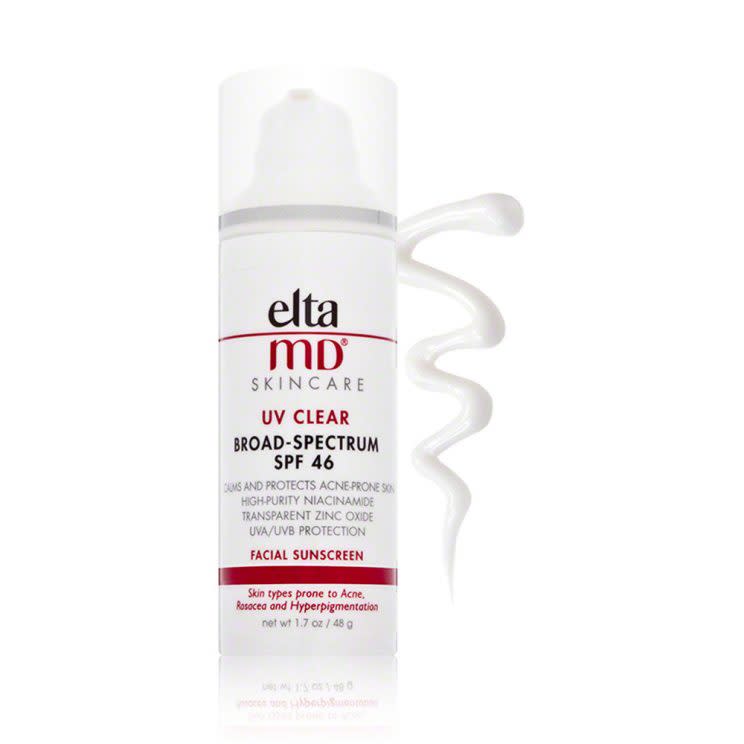
Read more from Yahoo Style + Beauty:
The Crazy Reason No One Living On This Island Has Ever Had Acne
Keke Palmer Breaks Down Why Covering Up Her Acne 24/7 Is ‘Fake’
Follow us on Instagram, Facebook, and Pinterest for nonstop inspiration delivered fresh to your feed, every day. For Twitter updates, follow @YahooStyle and @YahooBeauty.
